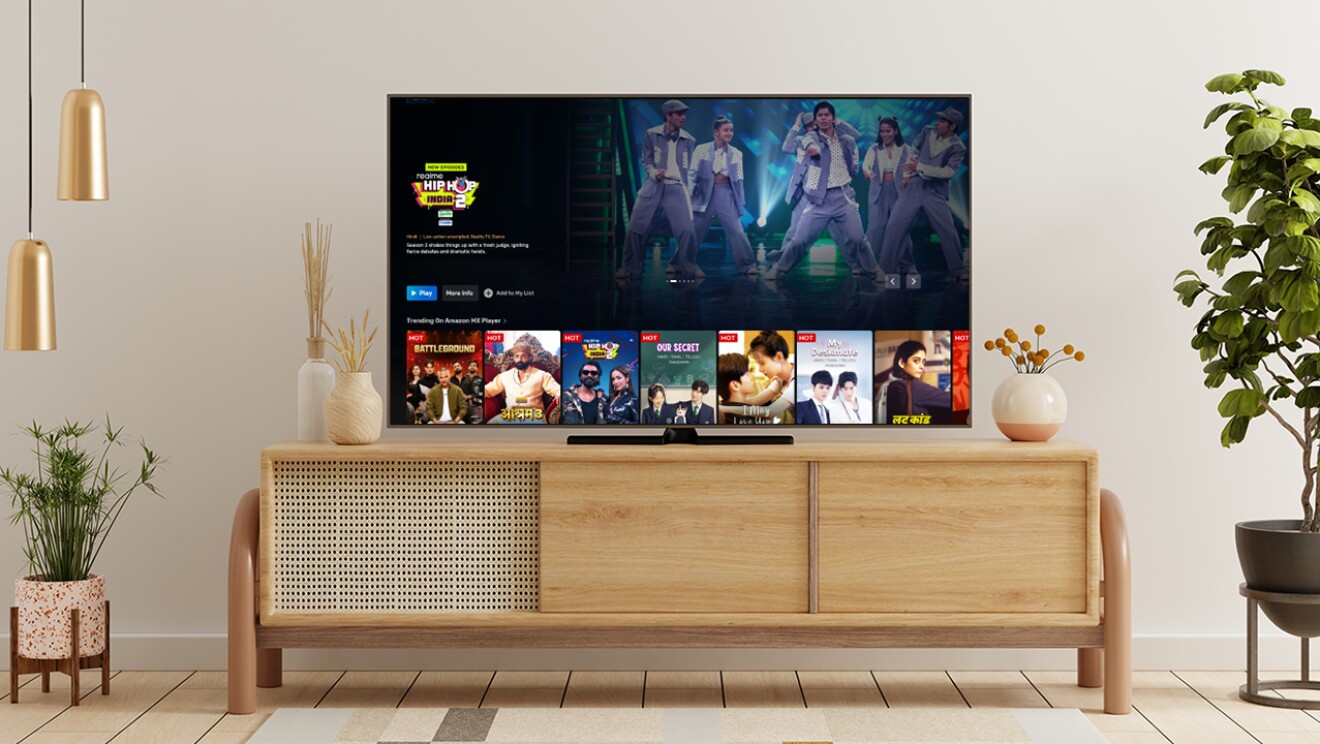Being a queer person, a big part of me was waiting for a series like Rainbow Rishta. I remember saying to myself that the changing portrayal of LGBTQIA+ people on screen is perhaps a start. And it’s okay for more time to elapse before real, unfiltered stories of LGBTQIA+ people and their lives make it to our screens. But we now have Rainbow Rishta, a 6-episode show that celebrates our hopes, dreams, disappointments, aspirations and fears in the way they ought to be celebrated—by showing the world who we are.
Rainbow Rishta: What you can expect
I would call Rainbow Rishta a non-fiction work of love—of love that will not hide, of love that will not deny itself, of love that will speak its name out loud. This is India’s first unscripted docuseries on queer lives and it celebrates love that is courageous, rebellious, and open to change in more ways than one. Series director Jaydeep Sarkar along with story directors Hridaye Nagpal and Shubhra Chatterji bring us stories of humans stuck in situations where life sometimes gets in the way of realising one’s potential. I like that the show doesn’t put my queerness first—rather it spotlights my fears and capacity to love first. The show is as candid as it gets and you can tell that as a viewer. Nothing that is said or done is for the camera. The conversations aren’t meant to evoke a certain emotion or written to make you feel sorry for any of the characters. The teasing, the agony, the angst, and the catharsis—all of it is real and raw.
Rainbow Rishta: Meet the protagonists
In each of the 30-minute episodes, we enter the characters’ journeys at pivotal moments. As the show progresses, you can find common themes, challenges and feelings that transition from one story to another. For instance, there’s Trinetra Haldar who wants to own the moon and more as a transwoman. You get to meet Aneez and Sanam who want a house of their own. Then there’s Daniella, an intersex person who wants to marry the love of her life. Also, there’s Aishwarya Ayushmaan who’s living a double life but longing for more. You get to meet Sadam who’s battling with his past while Soham and Suresh are trying to find new ground in their relationship.
Raw storytelling with slick cinematography
All of this was relatable in different ways, reminding me of what I going through every day. Each life shares something relatable with the viewer as the camera follows them through their highs and lows without the fear of being seen stark naked. The relatability factor wouldn’t have worked as well if it wasn’t for the well-thought motifs and the camera angles the crew played with. In Sadam’s episode, for instance, there’s this smart cinematographic play of extreme closeups versus extreme wideshots paired with muted versus warm lighting to showcase the transition between his past and present. In Trinetra’s story, we recurrently see a suitcase or moving trolley wheels to showcase how hectic travel is a part of her life.
The show’s music is original and fits in perfectly with the overall emotional sensibilities. From the title track ‘Nazaare’ sung with verve by Sushant Divgikar and Savera to ‘Pallo Latke’ (where Lush Monsoon performs like a dream) and ‘Oh Saiba Bhogos’ by The Vindaloos (shot on Daniella and Joel, depicting their relationship) to the very soulful ‘Raat’ by Rono, each song makes you see the changes in the character’s lives, mirroring their state of mind.
Rainbow Rishta to me is just a palate of many colours, beautifully shot and put together. A collage of ups and downs as we traverse life, not knowing what lies ahead. A scene from the last episode will stay with me forever: Sadam who’s at a rock concert wins the tough battle with his inner demons because of a failed love story and finally makes peace with himself.
Rainbow Rishta is not just a show or a docuseries for me, it depicts life with all its burdens, joys, and the need to keep going on, day after day. It leaves you with a sense of hope, of finding moments of relief in everyday strife, and embracing life for everything it has to offer.















